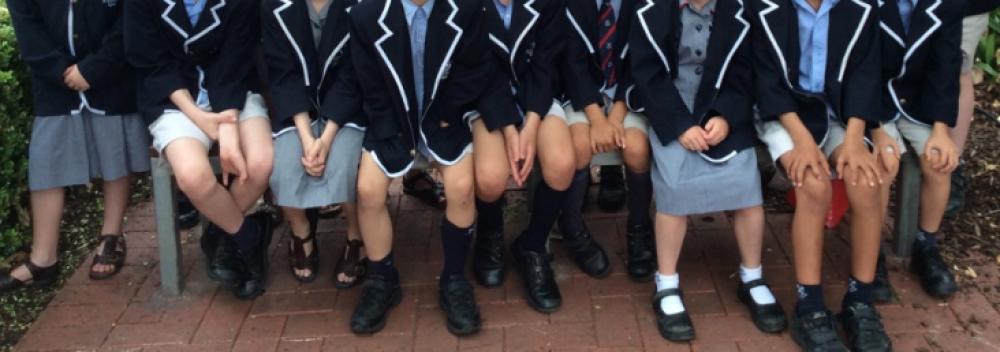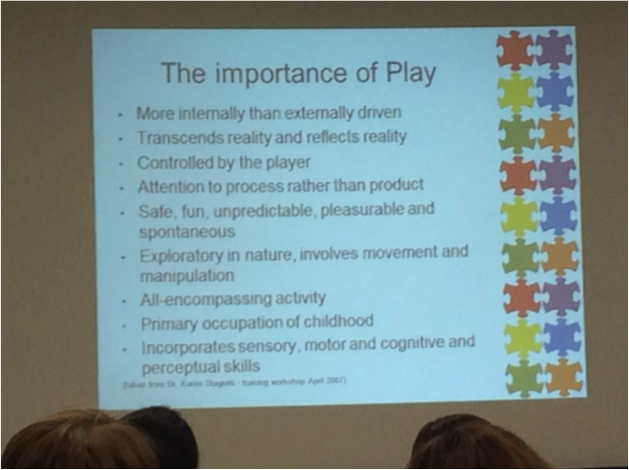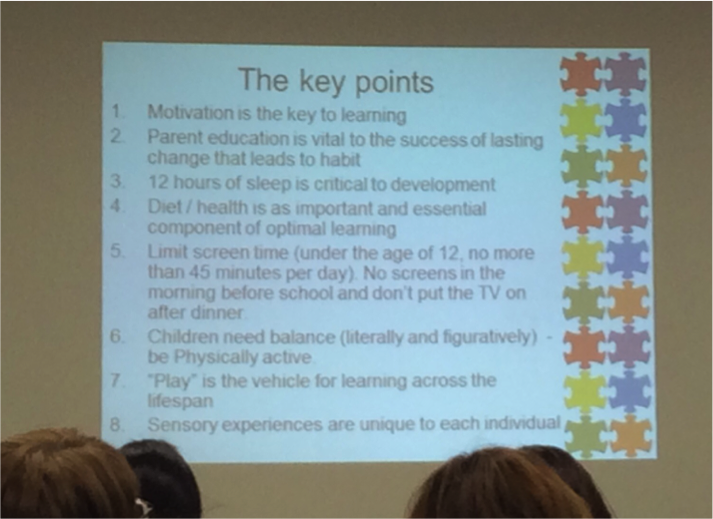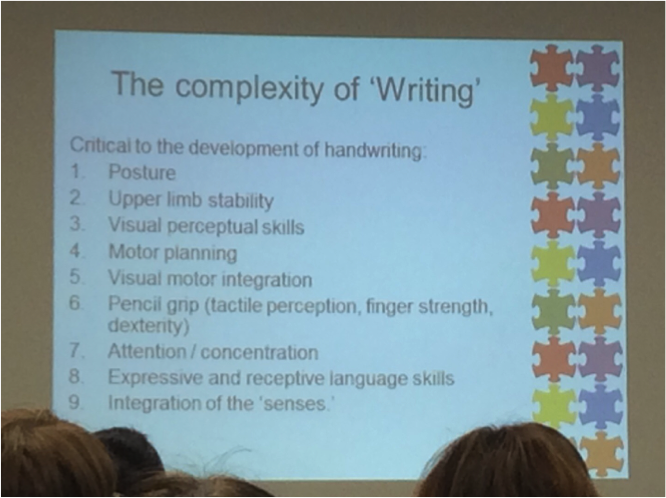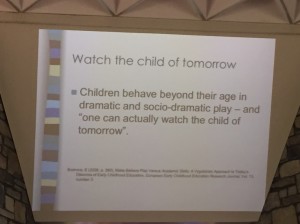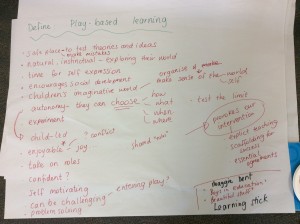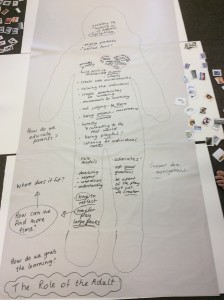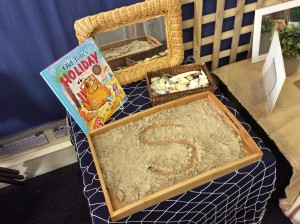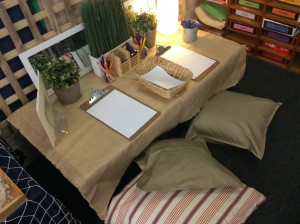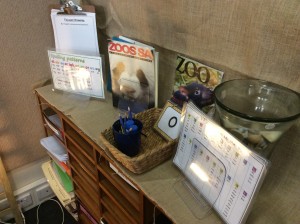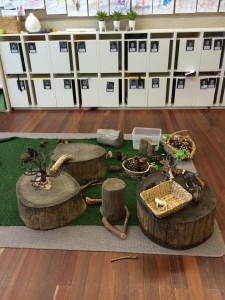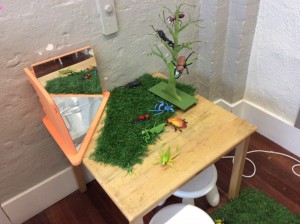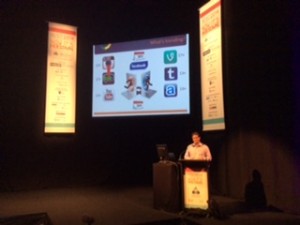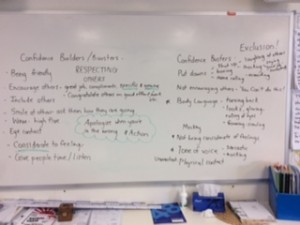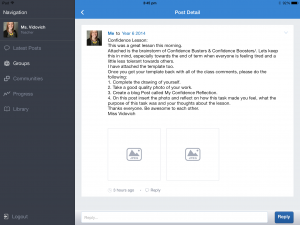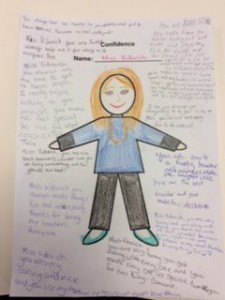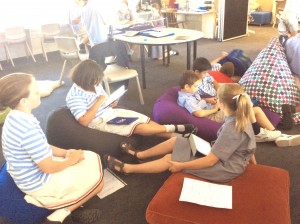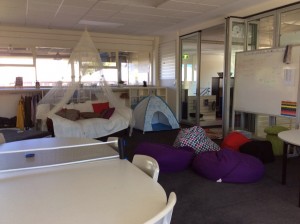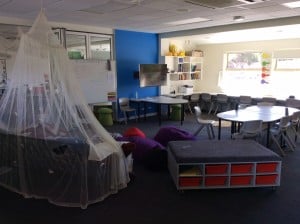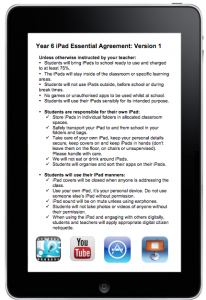Catering for Differentiation
Earlier this week a parent emailed me about their child’s IEP (Individual Education Plan). The parent questioned what I was doing to cater for their child’s learning needs and asked if I was actioning the plan. I wrote the IEP with assistance from our Learning Support Team and the school counsellor, I have actioned the plan to support the learning and behaviour management of my student.
This email allowed me to reflect on my practice and provide evidence of catering for differentiation within my response to the parent email. I think that as educators, we often differentiate without realising that we are doing it. It comes naturally; we alter our plans and teaching methodologies to suit individuals. These are my modified emails/ responses to outline how I catered for one of my students.
Email Conversations:
Parent Email 1:
Hi Jade,
The current unit of inquiry requires an investigation of Maori and Australian experience with settlers. Could you please email me the process steps you have provided to (student name) to undertake this work (as per the IEP)?
Regards, Parent
My 1st Response:
Hi Parent,
Absolutely.
1. We began this assignment on Monday and the first step was to brainstorm prior knowledge about the Maori people and Aboriginal Australians. To cater for Student’s needs in this particular task I allowed (name) to work with a partner, other students chose to work in small groups, which I know doesn’t always suit (name’s) learning style/ needs. They created Venn diagrams comparing what they already knew about the two cultures. We also wrote down some questions we had about these cultures ready for our next lesson to direct our lines of inquiry.
2. Today we will begin to inquire into Maori & Aboriginal Australian history. I have pre-selected some video links for (name) (and others) to view along with some printed texts, this will ensure time is not wasted searching online and students will mainly focus on the questions they developed on Monday. We will share the inquiry process in groups or partners. In (name’s) case I will encourage them to continue the investigation with a friend and ‘check in’ on their progress at intervals throughout the lesson.
3. On Thursday we will continue the inquiry process. Again I will provide texts and some sites for (name) to read/search. The main focus here will be looking at the impact British Settlers had on both Maori & Aboriginal cultures and how they differed.
Class discussions will also take place to share learning and understandings; I have created guiding questions & prompts to make sure everyone is on the right track. Notes will be taken independently on their understandings from discussions.
4. On Friday, students will individually reflect on their findings and answer this question on their blog:
How was the collision of cultures in New Zealand different from Australia?
This will involve comparing and contrasting how the Aboriginal and Maori peoples reacted and dealt with the arrival of British settlers.
It is important that in your response to the above questions you discuss both the differences themselves as well as the reasons for them.
Your blog post will need to include a bibliography of websites and texts used.
This is an in class investigation, not a homework task. All students will be given this week to complete the task.
As always I will be supporting (name) with redirection, tuning in tasks and providing relevant texts for their use. The benefit of working with a partner will allow them to use texts selected by a peer too. (Name) has appeared to be quite interested and engaged in this topic based on reactions from Monday.
I hope this has been suffice, it is actually refreshing to write down this process for you as I usually do it naturally without communicating it. This is something I must remember to blog about as part of my personal professional reflection on my practice, of course omitting student and parent names.
Thanks Parent.
If you have anymore questions please don’t hesitate to ask.
Hope to hear back from you soon.
Regards
Jade
Parent Email 2:
Hi Jade,
Thanks, but I meant the list of steps on ‘how to do this assignment’ for my child.
I.e.
1. Write a list of what you know about aboriginal Australians and settlers.
2. Write a list of what you know about Maori people and settlers.
3. Create a Venn diagram.
4. List questions you need answered.
Next lesson:
5. Search xxxx
6. View xxx and write down important points.
7. What key words or phrases would you use to search the Internet to answer your questions?
Etc.
From the IEP I thought (name) was to have a ‘to do’ list. (Name) is a bright student who needs direction – They completed their homework last night then we spoke about the school-based work. The ‘to do’ list will guide and teach them how to do research.
It was the same problem last year as (name) didn’t understand how to do the research and work was left to the end.
Could you please help (name) with a list of steps to follow?
Thanks Parent.
My 2nd Response: Humanities Task Week 3
Hi Parent,
I have attached a checklist for the inquiry process we have been doing in class. It is a ‘to do list’ which will hopefully guide (name) through the process. I will keep on developing this process, I feel that some steps may need to be broken down even further, which I can do verbally if need be. These are my initial attempts and I will be speaking with the Deputy Principal about receiving extra support from the school as I am finding it challenging to dedicate more time on developing this by myself and would appreciate some guidance and feedback with this. I want to develop a template of ‘to do lists’ that I can update easily and regularly, just need time to get this done and I’m hoping that Learning Support can assist with this process.
Appreciate your support
Will chat with you soon.
Regards
Jade
Parent Email 3:
Hi Jade,
Thanks so much, this is what is needed. I am happy to help you develop these if the school is not so helpful.
Regards Parent
The parent was pleased with the checklist and process provided. This is an ongoing process to assist one student with his learning needs.
This is evidence of my communication method with parents and how I aim to collaboratively work with parents and other staff to assist and meet the needs of individual students.
So often teaching professionals use the term “catering for differentiation” but lack the understanding or evidence of how they actually do this. It is something that teachers do on a daily basis, sometimes without even realising it. I think it is important to reflect on moments like these to acknowledge how much teachers do for each individual child in their classroom. It is important to provide an education to our students, but it is more important to ensure that the education they are receiving is in fact suitable for their learning needs, styles and preferences. Are we catering for differentiation? Well in my case, I think so.
